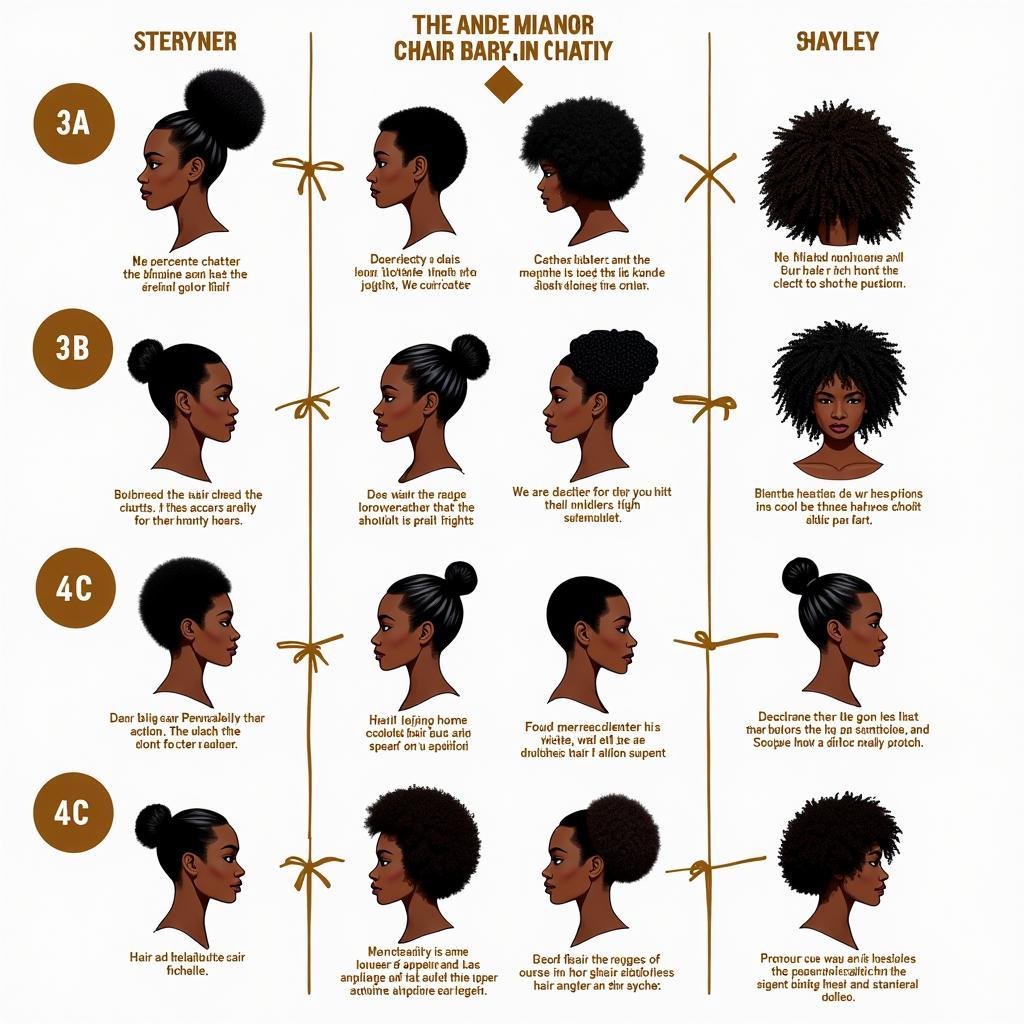The Intriguing Connection Between African Culture and the Harappan Civilization
The Harappan Civilization, also known as the Indus Valley Civilization, is one of the world’s earliest urban civilizations, flourishing in the Indus River Valley from 3300 to 1300 BCE. While often discussed in the context of South Asia, a captivating and less-explored connection exists between the Harappan Civilization and the rich tapestry of African culture. This article delves into this intriguing relationship, exploring the potential influences and shared cultural elements that bridge the geographical divide and reveal fascinating insights into the interconnectedness of human history.
The Indus Valley Civilization: A Cradle of Innovation
The Harappan Civilization was renowned for its advanced urban planning, sophisticated infrastructure, and remarkable achievements in art, architecture, and technology. Cities like Mohenjo-daro and Harappa boasted well-organized grids, elaborate drainage systems, and impressive structures like the Great Bath. The civilization’s artisans were skilled in pottery, metalwork, and bead-making, producing exquisite artifacts that showcase their craftsmanship.
Echoes of the Harappan Civilization in African Culture
The connection between the Harappan Civilization and African culture is not immediately apparent due to the vast geographical distance and the absence of direct historical records. However, several intriguing possibilities and shared cultural elements suggest potential connections.
Trade Routes and Cultural Exchange
It is theorized that ancient trade routes, such as the ancient Silk Road, may have connected the Indus Valley with regions in Africa, facilitating cultural exchange and the dissemination of ideas. Evidence suggests that Harappan Civilization had trade networks with Mesopotamia, Egypt, and possibly even the Horn of Africa. While the exact extent of these trade routes and their influence on African cultures remains a topic of debate, the potential for exchange cannot be disregarded.
Similarities in Art and Architecture
Some scholars have observed striking similarities in artistic motifs and architectural styles between the Harappan Civilization and certain African cultures. For instance, the terracotta figurines found at Harappan sites share similarities with some West African terracotta sculptures in their depiction of human figures and stylized animal forms. Similarly, the use of brick construction in Harappan cities finds echoes in the ancient cities of Egypt and Nubia, suggesting a possible influence or shared architectural principles.
Linguistic Links and Potential Connections
The Indus script, an undeciphered writing system used by the Harappan civilization, has sparked debate among linguists about its possible links to other ancient writing systems, including those found in Africa. While no definitive connection has been established, the possibility of a shared linguistic ancestor or influence cannot be completely dismissed.
Exploring the Connection: Insights from Experts
Dr. Amina Ali, Professor of African History and Archaeology at the University of Nairobi, highlights the significance of considering historical context when analyzing potential cultural connections:
“While direct evidence of a direct link between the Harappan Civilization and African cultures is limited, the potential for indirect influences through trade routes and shared cultural themes cannot be overlooked. Examining historical context, archaeological evidence, and linguistic analysis can offer valuable insights into these complex interactions.”
Dr. David Singh, Archaeologist and Professor of Indus Studies at the University of Delhi, shares his perspective on the potential influence of Harappan culture on African art:
“The similarities in artistic motifs, particularly in terracotta figurines, suggest a possible exchange of ideas or shared cultural influences. However, further research is needed to definitively establish a connection between the Harappan Civilization and specific African cultures.”
The Importance of Continued Research
The potential connections between the Harappan Civilization and African culture provide compelling avenues for further research and exploration. Archaeological investigations, linguistic analysis, and cultural studies can contribute to a deeper understanding of this intriguing relationship.
FAQs (Frequently Asked Questions)
Q: Is there any direct archaeological evidence linking the Harappan Civilization to Africa?
A: While there is no direct archaeological evidence definitively proving a direct link, scholars continue to explore possibilities through indirect evidence like trade routes and shared cultural elements.
Q: What are some examples of shared cultural elements between the Harappan Civilization and African cultures?
A: Similarities in artistic motifs, architectural styles, and potential linguistic connections suggest a potential for cultural exchange.
Q: How can we learn more about this potential connection?
A: Continued research, including archaeological digs, linguistic analysis, and cultural studies, are crucial in unraveling the mysteries of this intriguing historical link.
The connection between the Harappan Civilization and African culture remains a captivating area of study. While definitive answers may remain elusive, the potential for shared history and cultural exchange opens up fascinating avenues for further exploration.




